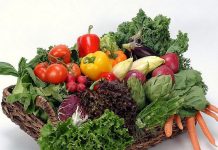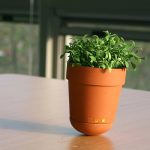Nothing beats growing organic plants. Why? Because you have the possibility to eat them freshly picked while they are still warm from the sun. If you are thinking about such plants, you don’t need a huge garden; it is enough to grow the plants in a container. Let’s take tomatoes for example.
If you would like to grow your own tomato plants that are organic, there are three aspects that you should keep in mind: variety, ongoing care and planting.

The varieties of these plants that are organic
In the majority of the cases people are thinking about huge plants when they refer to tomatoes that need caging, staking and pinching. In case you are going to grow the plants in a container look for those varieties that are easier to manage. While almost all organic plants can be grown in containers, there are some that adapt easier than others.
According to this you should go for those plants that are more compact, of an indeterminate variety. In this case, indeterminate means that the plant in question offers a steady production throughout the season. On the other hand there are the determinate plants that are organic that produce all their fruits in the same period of time.
Planting
The first thing that you have to consider before starting with planting is the kind of container that you are going to use. In case of the tomato plants it is best to go for the plastic or fiberglass containers. Their advantage for the organic plants is that they don’t dry out as the clay pots do. Although tomatoes like warmth, they don’t like their soil dry.
Another advantage of such pots is that since you need larger ones, the clay pots in that size are quite expensive. In case you are looking for the cheapest solution, you could also plant the plants that are organic in a five gallon bucket.
The second thing that you will have to consider is drainage. The tomatoes like moist soil, but they don’t like saggy soil. In the majority of the cases the pots that you buy already have holes for drainage. In case you are using a bucket for the organic plants, you will need to drill some holes on the bottom. If these are larger, you need to put something beneath the pot to make sure that water won’t be all over the place.
When it comes to soil, almost any kind of organic potting soil will work for the plants that are organic. The only thing to keep in mind is that you shouldn’t be using the soil from the garden, because this will make the pot too heavy.
When you are planting the plants, you should add a bit of soil to the bottom of the container and then place the plants in the soil. Add some more soil to the pot, to cover the stem and the roots.
As you can see having organic plants isn’t that difficult at all.








